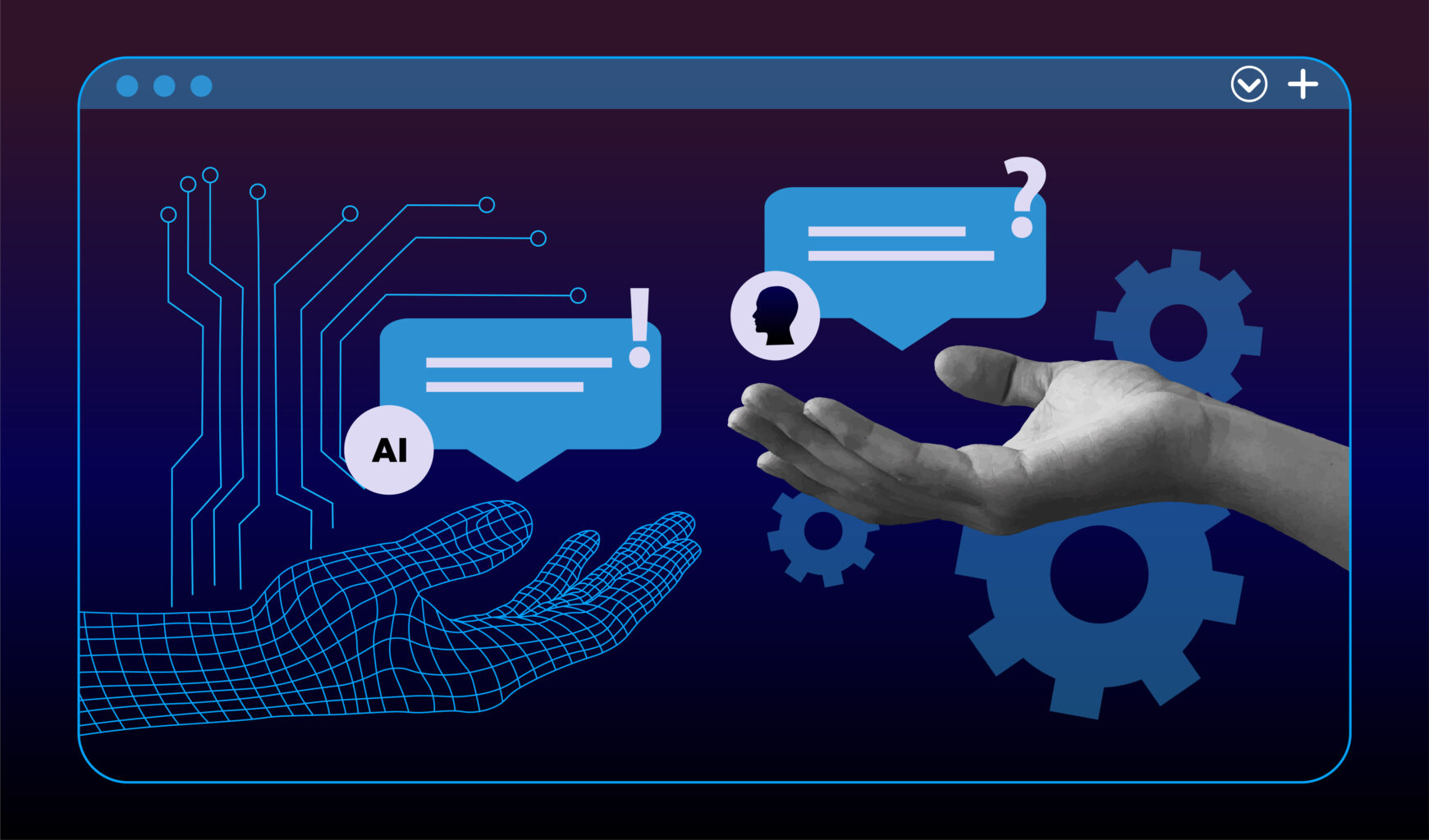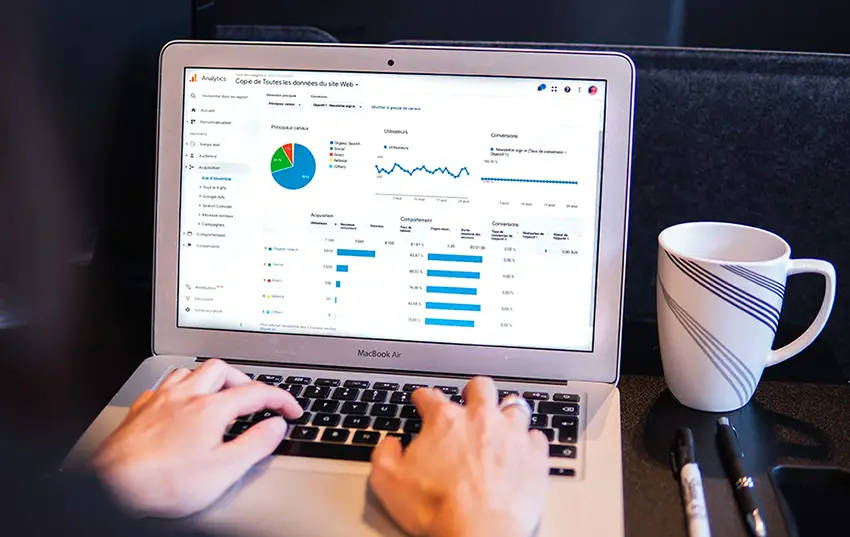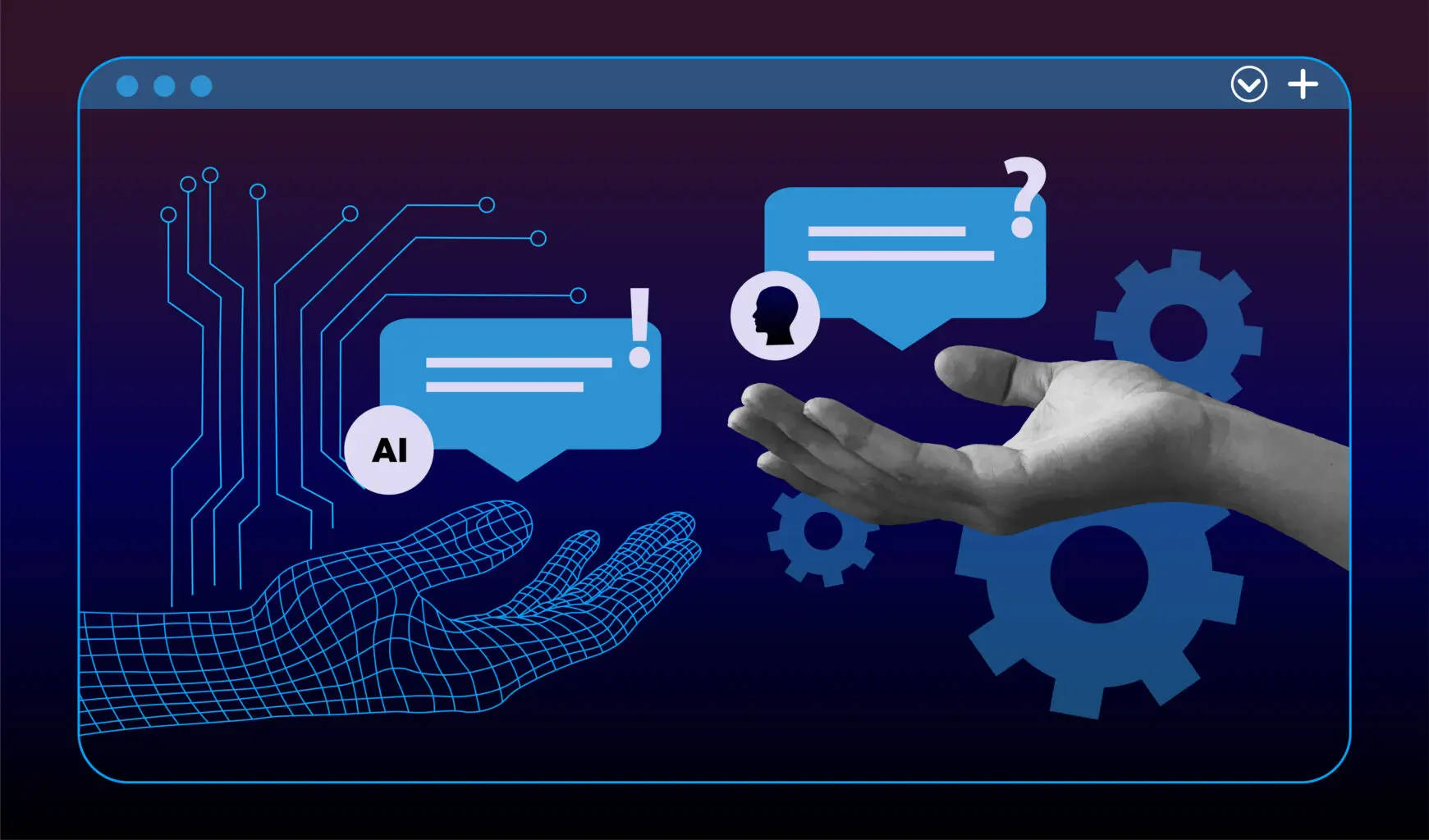Now Reading: Unveiling the Power of AI Analytics Tools A New Frontier in Data Exploration
-
01
Unveiling the Power of AI Analytics Tools A New Frontier in Data Exploration
Unveiling the Power of AI Analytics Tools A New Frontier in Data Exploration

As the amount of data generated and collected continues to increase exponentially, traditional methods of data analysis are no longer sufficient. The sheer volume and complexity of data make it nearly impossible for humans to manually process and analyze it all. This is where Artificial Intelligence (AI) comes into play – a technological marvel that has revolutionized the way we interact with data. With the integration of AI into analytics, businesses can now uncover hidden insights, patterns, and trends that were previously undetectable. In this blog post, we will explore the power of AI analytics tools and how they are transforming the world of data analysis.
Reimagining Data Analysis: Harnessing the Potential of Artificial Intelligence
Traditionally, data analysis involved manual techniques such as spreadsheets, statistical software, and databases. However, with the rise of Big Data, these methods have become inadequate. On the other hand, AI analytics tools leverage machine learning algorithms and natural language processing to automate and streamline the data analysis process. These tools are able to sift through vast amounts of data, identify patterns, and make accurate predictions – all within a fraction of the time it would take a human analyst to do the same task.
The Capabilities of AI Analytics Tools
AI analytics tools offer a wide range of capabilities, making them invaluable assets for any business looking to gain a competitive edge in today’s data-driven world. Here are some of the key capabilities of AI analytics tools:
- Data Processing and Cleansing: AI analytics tools can handle large and diverse datasets, including both structured and unstructured data, and clean and organize them for analysis. This saves valuable time for analysts and mitigates the risk of human error.
- Predictive Analytics: By utilizing machine learning algorithms, AI analytics tools can make predictions based on past data, helping businesses anticipate future trends and outcomes. This is particularly useful for forecasting sales, identifying potential risks, and making strategic decisions.
- Natural Language Processing (NLP): NLP allows AI analytics tools to understand and process human language, enabling them to analyze text data such as customer reviews, social media posts, and emails. This provides valuable insights into customer sentiment and preferences, helping businesses tailor their products and services accordingly.
- Image and Video Analysis: With the help of computer vision technology, AI analytics tools can analyze images and videos to identify objects, patterns, and trends. This is especially useful in industries like healthcare, where medical imaging can be analyzed to diagnose diseases or monitor patient progress.
Empowering Decision-Making: How AI Analytics Tools Transform Data into Actionable Insights
One of the most significant benefits of AI analytics tools is their ability to turn raw data into actionable insights. By automating data analysis processes, these tools can provide businesses with real-time, accurate, and meaningful insights that drive decision-making. Let’s take a look at some of the ways in which AI analytics tools empower decision-making:
Real-Time Insights
AI analytics tools can continuously analyze data in real-time, providing businesses with up-to-date insights on their operations, customers, and market trends. This enables organizations to make quick decisions and respond to changes and opportunities without delay.
Accurate Predictions
With the power of machine learning, AI analytics tools can analyze vast amounts of historical data to make accurate predictions about future trends and outcomes. This is particularly useful for businesses looking to forecast demand, predict sales, or identify potential risks.
Identifying Patterns and Trends
Traditional data analysis methods often require humans to identify patterns and trends manually, which can be time-consuming and prone to error. AI analytics tools, on the other hand, can sift through large datasets and uncover hidden patterns that might not be apparent to human analysts. This provides businesses with a more comprehensive view of their data and reveals insights that would have otherwise gone unnoticed.
Navigating the Maze of Data: AI as a Guide to Uncover Hidden Patterns and Trends
In today’s digital landscape, businesses are inundated with an overwhelming amount of data. However, not all data is created equal – some hold valuable insights, while others may be irrelevant or even misleading. This is where AI analytics tools play a crucial role in helping organizations navigate through the maze of data and uncover hidden patterns and trends.
Data Exploration and Discovery
AI analytics tools use machine learning algorithms to explore datasets and analyze them for any correlations, outliers, or anomalies that might require further investigation. This helps businesses identify areas of opportunity or concern that they might have otherwise overlooked.
Uncovering Customer Insights
One of the most significant advantages of AI analytics tools is their ability to provide businesses with a deeper understanding of their customers. By analyzing customer data, such as purchase history, browsing behavior, and interactions with the brand, these tools can uncover insights that help businesses personalize their marketing strategies and improve customer experiences.
Identifying Operational Inefficiencies
AI analytics tools can also be used to monitor and analyze operational data, providing insights into inefficiencies and bottlenecks that may be hindering business operations. By identifying these pain points, organizations can optimize processes, reduce costs, and improve overall efficiency.
Enhancing Efficiency and Accuracy: The Role of AI Analytics Tools in Streamlining Data Analysis
As mentioned earlier, traditional data analysis methods are time-consuming and prone to human error. On the other hand, AI analytics tools can process and analyze vast amounts of data at lightning speed, reducing the time and resources needed for data analysis. Additionally, by automating data analysis, these tools eliminate the risk of human error, ensuring more accurate and reliable results.
Streamlining Data Processing
AI analytics tools can handle large and complex datasets, including both structured and unstructured data, without the need for manual input. This not only saves time but also ensures that data is processed accurately and consistently, regardless of its volume or complexity.
Automating Data Analysis
With AI analytics tools, businesses no longer have to rely on human analysts to manually sift through data and analyze it. These tools can automatically identify patterns, trends, and anomalies, providing businesses with accurate insights in a fraction of the time it would take a human analyst.
Reducing Costs and Improving ROI
By streamlining data analysis processes, AI analytics tools can significantly reduce the time and resources needed for data analysis. This translates into cost savings for businesses and allows them to allocate their resources more efficiently. Additionally, with the insights provided by these tools, organizations can make better-informed decisions that lead to higher returns on investment.
Demystifying AI Analytics: A Beginner’s Guide to Understanding the Technology
Despite its many advantages, AI analytics can seem intimidating to those unfamiliar with the technology. However, understanding how AI analytics tools work can help organizations leverage their potential fully. Let’s explore some key components of AI analytics and how they contribute to the overall process:
Machine Learning
At the core of AI analytics lies machine learning – the ability of a computer system to learn from data and improve its performance over time without being explicitly programmed. Machine learning algorithms are responsible for identifying patterns and making predictions based on past data, making them essential components of AI analytics tools.
Natural Language Processing (NLP)
Another key component of AI analytics is NLP, which enables computers to understand and interpret human language. This is particularly useful for analyzing text data such as customer reviews, social media posts, and emails to provide businesses with insights into customer sentiment and preferences.
Deep Learning
Deep learning is a subset of machine learning that uses artificial neural networks to analyze vast amounts of data. It has proven to be particularly effective in image and speech recognition, making it a valuable tool for analyzing visual and audio data.
Data-Driven Success Stories: Case Studies Showcasing the Impact of AI Analytics Tools
As businesses continue to embrace AI analytics tools, we are seeing real-world examples of their impact in various industries. Let’s take a look at some success stories that demonstrate the potential of these tools:
1. Healthcare Industry
AI analytics tools have revolutionized the healthcare industry, providing doctors with valuable insights into patient data. For example, IBM’s Watson for Oncology uses natural language processing and deep learning to analyze medical records, research papers, and clinical trials to provide personalized treatment recommendations for cancer patients. This has significantly improved the accuracy and efficiency of cancer treatment.
2. Retail Industry
Retailers have also seen significant benefits from the adoption of AI analytics tools. For instance, Amazon utilizes AI algorithms to analyze customer data and make product recommendations, resulting in increased sales and better customer experiences. Additionally, AI-powered inventory management systems help retailers optimize their supply chain, reduce costs, and minimize waste.
3. Financial Industry
The financial industry is another sector that has seen tremendous improvements with the use of AI analytics tools. Fraud detection systems powered by AI can analyze vast amounts of data to identify suspicious transactions in real-time, preventing fraudulent activities and protecting customers’ financial assets.
Overcoming Challenges in AI Analytics: Strategies for Mitigating Risks and Ensuring Successful Implementation
While the potential of AI analytics is undeniable, its implementation can come with challenges and risks. It is essential for organizations to address these challenges to ensure a successful deployment of AI analytics tools. Here are some strategies for mitigating risks and overcoming challenges in AI analytics:
Data Quality and Availability
For AI analytics tools to provide accurate and meaningful insights, they require high-quality data. Organizations need to ensure that their data is clean, organized, and readily available before implementing AI analytics. It may involve investing in data management and governance practices to maintain data integrity.
Ensuring Ethical Use of Data
With the integration of AI into analytics, businesses need to ensure that the data used is ethically sourced and does not discriminate against certain groups or individuals. It is crucial to have ethical guidelines in place to regulate the use of data and prevent potential biases.
Addressing the Skills Gap
The successful implementation of AI analytics tools also requires skilled professionals who can interpret and utilize the insights provided by these tools effectively. Organizations need to invest in training and upskilling their employees to ensure they have the necessary skills to work with AI analytics tools.
The Future of Data Analytics: Anticipating the Evolution of AI-Powered Analytics Tools
As we look ahead to the future, it is evident that AI analytics will continue to evolve and transform the world of data analysis. With advancements in technology and the increasing availability of data, we can expect AI analytics tools to become even more powerful and capable of handling complex tasks. Here are some trends that we can anticipate for the future of data analytics:
1. Increased Integration of AI into Business Processes
We can expect AI analytics tools to become an integral part of business processes, rather than just a tool for data analysis. These tools will be integrated into various functions, such as customer service, supply chain management, and marketing, to automate and optimize processes.
2. Greater Emphasis on Data Privacy and Security
As AI analytics becomes more widespread, ensuring the privacy and security of data will become a top priority for organizations. We can expect to see more regulations and ethical guidelines in place to protect sensitive data and prevent misuse of AI analytics.
3. Advancements in Natural Language Processing (NLP)
As NLP continues to improve, we can expect AI analytics tools to become even better at analyzing unstructured data, such as text and speech. This will open up new possibilities for businesses in terms of understanding customer feedback and improving communication with customers.
Best Practices for Deploying AI Analytics Tools: A Comprehensive Guide for Organizations
While there is no one-size-fits-all approach to implementing AI analytics tools, there are some best practices that organizations can follow to ensure a successful deployment. Here are some key considerations to keep in mind when deploying AI analytics tools:
1. Clearly Define Goals and Objectives
Before implementing AI analytics tools, it is essential to have a clear understanding of what you want to achieve with them. Identify the key business problems you are trying to solve, and the specific metrics you want to improve. This will help you select the right tools and measure the success of your implementation.
2. Invest in High-Quality Data
As mentioned earlier, high-quality data is essential for the success of AI analytics tools. This involves investing in proper data management and governance practices to ensure data cleanliness, consistency, and availability.
3. Start Small and Scale Up
Instead of trying to implement AI analytics across all areas of your organization at once, start with a small pilot project and scale up gradually. This allows you to test the technology, train your employees, and make any necessary adjustments before expanding its use.
Conclusion
The integration of AI into analytics has opened up a whole new world of possibilities for businesses looking to gain insights from their data. From automating data analysis processes to uncovering hidden patterns and trends, AI analytics tools have become an essential part of any data-driven organization. As we continue to explore the potential of this technology, it is crucial to address the challenges and implement best practices to ensure its successful deployment. With the right approach, organizations can harness the power of AI analytics to make better-informed decisions and stay ahead in today’s highly competitive market.


























